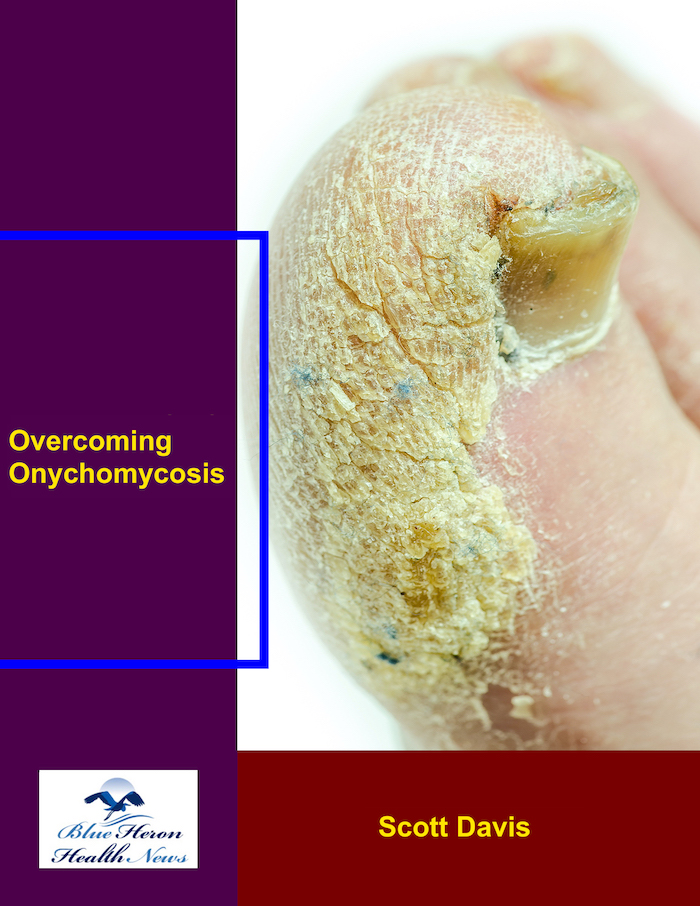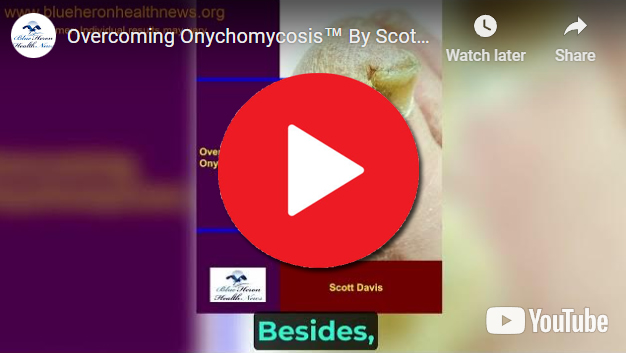
Overcoming Onychomycosis™ By Scott Davis If you want a natural and proven solution for onychomycosis, you should not look beyond Overcoming Onychomycosis. It is easy to follow and safe as well. You will not have to take drugs and chemicals. Yes, you will have to choose healthy foods to treat your nail fungus. You can notice the difference within a few days. Gradually, your nails will look and feel different. Also, you will not experience the same condition again!
How is onychomycosis diagnosed?
Onychomycosis is typically diagnosed through a combination of clinical examination and laboratory tests. Proper diagnosis is important to distinguish it from other conditions that can cause nail abnormalities, such as psoriasis, eczema, or trauma. Here are the common methods used for diagnosing onychomycosis:
1. Clinical Examination
- Visual Inspection: The healthcare provider examines the affected nails for characteristic signs of onychomycosis, such as thickening, discoloration, brittleness, and distortion of the nail shape. However, visual inspection alone is not definitive because other conditions can mimic fungal infections.
- History Taking: The doctor may ask about the patient’s medical history, risk factors (such as diabetes or immunosuppressive conditions), recent exposure to communal showers or pools, and any history of nail trauma.
2. Laboratory Tests
- Nail Clipping (Nail Biopsy): The doctor may clip a small portion of the affected nail and send it to a laboratory for further testing. This is one of the most common diagnostic methods.
- Potassium Hydroxide (KOH) Preparation: The nail clipping or scrapings from under the nail are placed on a slide with potassium hydroxide (KOH) and examined under a microscope. KOH dissolves keratin, making it easier to see fungal elements (like hyphae) under the microscope.
- Fungal Culture: In a fungal culture, the nail clipping or scrapings are placed in a medium that encourages fungal growth. This test can help identify the specific type of fungus responsible for the infection, though it can take several weeks for results.
- Polymerase Chain Reaction (PCR): PCR is a more advanced diagnostic method that detects fungal DNA in the nail sample. It is highly sensitive and can identify the specific fungal species causing the infection more quickly than a culture.
3. Histopathology
- Periodic Acid-Schiff (PAS) Stain: In this method, nail clippings are stained and examined under a microscope. The PAS stain highlights fungal elements in the nail tissue, making it easier to confirm the presence of a fungal infection. This is particularly useful when KOH or cultures are inconclusive.
4. Dermatoscopy
- Non-Invasive Imaging: Dermatoscopy is a non-invasive technique where a handheld device with a magnifying lens is used to examine the nail and surrounding skin more closely. It can reveal patterns and changes in the nail structure that are consistent with onychomycosis, but it is usually not definitive without laboratory confirmation.
Conclusion:
Diagnosis of onychomycosis involves a combination of clinical evaluation and laboratory testing. Laboratory tests, such as KOH preparation, fungal culture, and PCR, are critical for confirming the presence of fungal organisms and distinguishing onychomycosis from other nail disorders. Accurate diagnosis is essential for guiding appropriate treatment.

Overcoming Onychomycosis™ By Scott Davis If you want a natural and proven solution for onychomycosis, you should not look beyond Overcoming Onychomycosis. It is easy to follow and safe as well. You will not have to take drugs and chemicals. Yes, you will have to choose healthy foods to treat your nail fungus. You can notice the difference within a few days. Gradually, your nails will look and feel different. Also, you will not experience the same condition again!